A Better Future for the Planet Earth
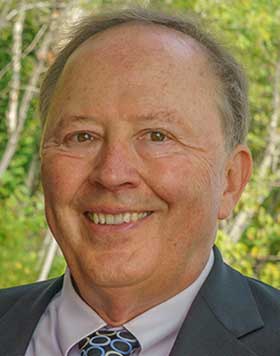
Prof. David Tilman (USA)
Ecologist
Born: 22 July 1949, U.S.A.
Regents Professor, University of Minnesota
Distinguished Professor, University of California,
Santa Barbara
Early Childhood
As a child I lived with my parents and three sisters in Naperville, Illinois, U.S.A., where my father was the treasurer of a college.

Prof. Tilman at age 1

His family-loving parents
When I was six, we moved to Michigan and lived in a house on the shore of Lake Michigan, which is a large lake with a shoreline of 2300 km. I spent a wonderful childhood surrounded by nature, exploring the beach, dunes, woods, ponds and streams, and observing plants, insects, birds and frogs. I liked playing Little League baseball, where my coach used to call me "Little Professor." I think it was because I would wander off to observe nature when I was bored with playing defense in right field. No one imagined that I would become a professor. My mother helped me learn to channel my energy and enthusiasm in productive ways.
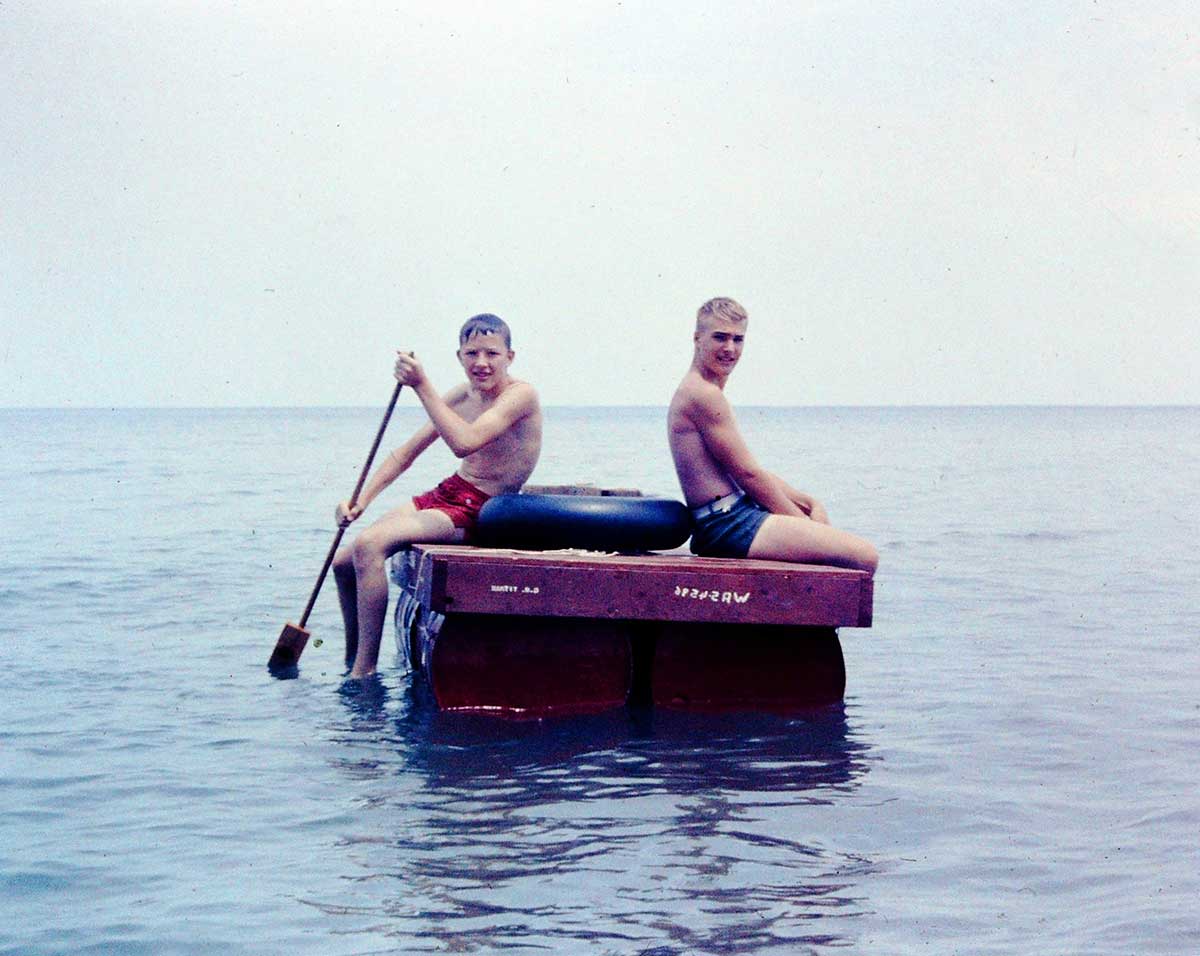
Prof. Tilman on Lake Michigan (left)
My father, who was the chief financial officer at a firm, was a very cheerful person whose wisdom and love for his family I admired. I went to a small local public school, Pier School, through 8th grade and then to Benton Harbor High School. I loved its mathematics, science and Latin classes. Its science classes emphasized experiments, which taught me how scientific discoveries are done. High school convinced me to become a scientist.
University Days and Encounter with Ecology
I entered the University of Michigan in 1967 as an Honors Student, envisioning a major in physics or maybe mathematics. But in the second half of my sophomore year, I took a biology class that ended with a few weeks of lectures that were an introduction to ecology. They emphasized major scientific issues in ecology and used mathematics to understand them. In those few weeks I fell in love with ecology because it asked big questions about life on Earth for issues ranging from evolution and ecosystems to pollution.
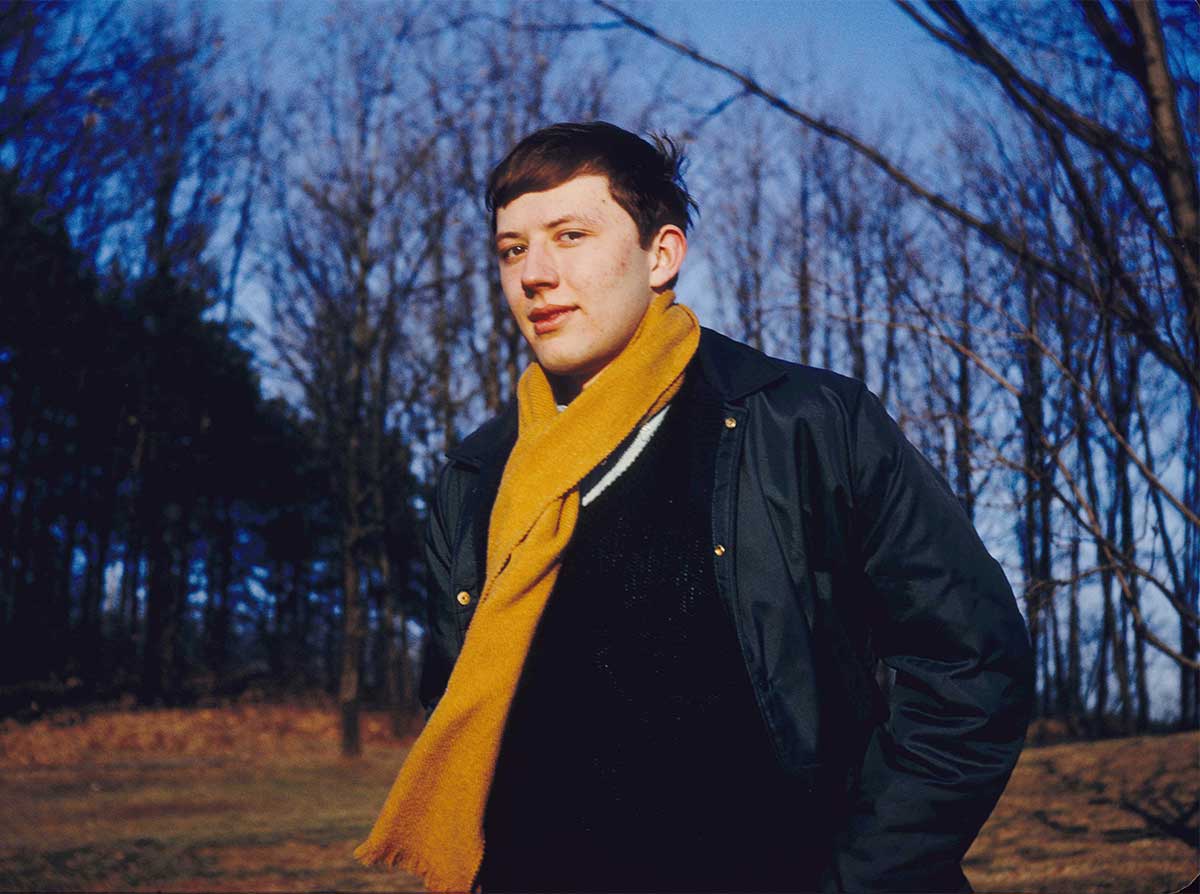
As a child I had seen Lake Michigan become polluted, and knew that solving that problem, and many like it, would require ecology to become a mechanistic and predictive science that was much more like physics. I saw ecological research as the way to use my quantitative and theoretical skills while doing work of relevance to humanity and the environment. Because I was so inspired by the ecologists in the Zoology Department, especially Steve Hubbell and John Vandermeer, I became a zoology major. Steve Hubbell, to whom I am deeply indebted, took me under his wing and mentored me during my senior year. Then he admitted me to be his Ph. D. student.
For my PhD at the University of Michigan, I decided to study how species competed with each other, and to do so in a mechanistic way. I believed that species competed for those resources that limited their ability to live and reproduce. I wanted to do an experiment to test if my theory of competition for limiting resources could accurately predict the outcome of competition between species. Up until then, the theory ecologists had used merely described the already-observed outcomes of competition. No ecologist had ever proposed a way to predict, beforehand, which species would win, lose or coexist when they competed. To also make my research relevant to the nutrient pollution of Lake Michigan, I studied two species of algae. I first determined the dependence of the growth rate of each species of algae on the two resources that limit their ability to live and reproduce in the waters of Lake Michigan. These two resources were phosphate and silicate. It turned out that algae species A (Asterionella) could grow at very low levels of phosphate but required high levels of silicate to live and reproduce. Species B (Cyclotella) was the exact opposite. It required high levels of phosphate but could grow at low levels of silicate. The model predicted that species A should win when phosphate was low and silicate was high, such as in the middle of Lake Michigan. Species B was predicted to win near the shore where rivers added high levels of phosphate, and silicate was low. The two species were predicted to coexist for the intermediate levels of phosphate and silicate that often occurred between the shore and the middle of the lake. In both Lake Michigan, and in about 70 different laboratory competition experiments, that is what happened. That was the first demonstration that ecology could be a predictive science. This work became well known after it was published in the journal Science in 1976.
Importance of Biodiversity and the Damage Caused by Humankind
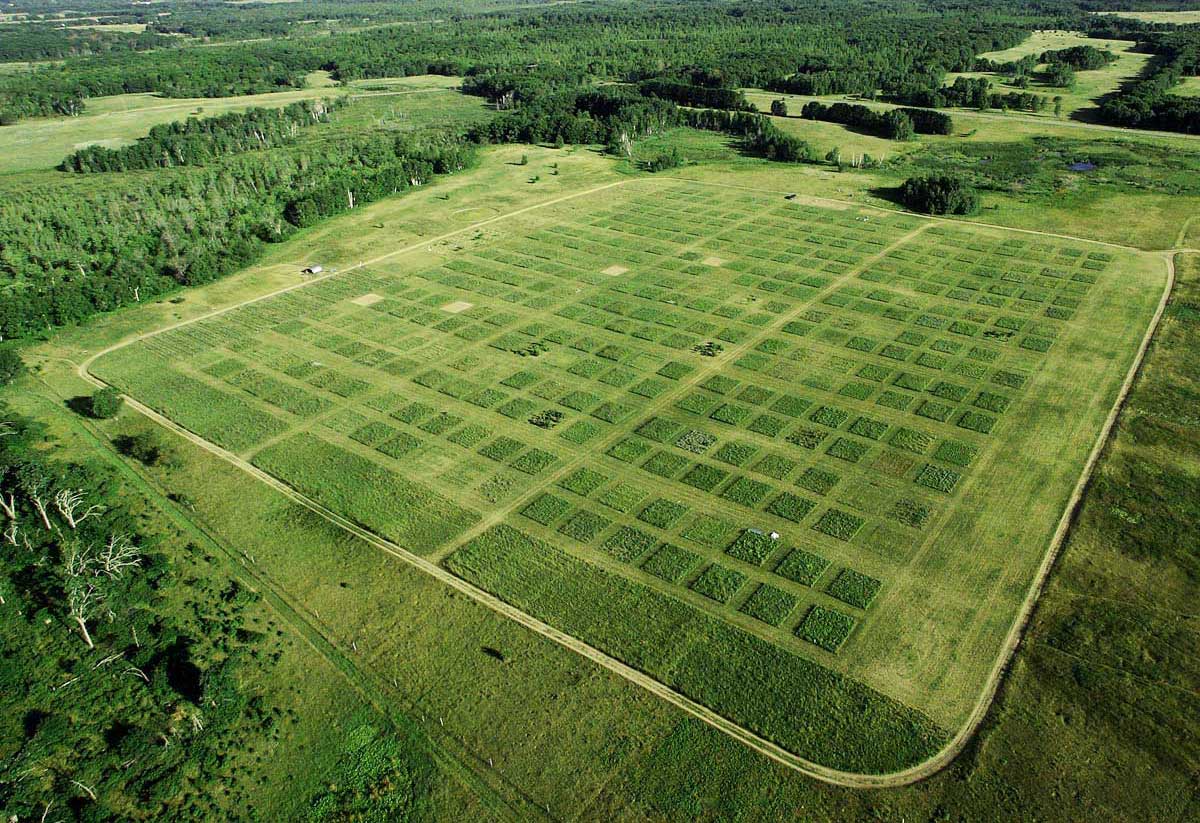
Cedar Creek Ecosystem Science Reserve, where his experiments took place
In 1976, I accepted an assistant professor position at the University of Minnesota, where there were several renowned ecologists whom I respected and whose advice I sought. For a few years I worked on Lake Superior, but then switched to prairie grassland ecosystems. I was fortunate to receive a major grant for "Long-Term Ecological Research" from the USA National Science Foundation. An analysis on the effects of a 1988 drought suggested that greater plant diversity in grassland led to greater ecosystem stability, a finding that I published with John Downing in 1994. However, it was clear that this publication would create a debate about biodiversity, and that only a biodiversity experiment could determine the true effects of the number of plant species on ecosystem functioning.
We began setting up such an experiment, the first of its kind in the world, in 1993, and in spring of 1994 planted each of more than 160 plots to be a different small (9m x 9m) grassland ecosystem. Each plot was planted with either 1, 2, 4, 8 or 16 different prairie perennial species, all randomly chosen. Throughout the 25 years since then, this experiment has shown that biodiversity is of central importance to the productivity, stability, and resistance to invasion of ecosystems, and to the fertility of their soils and their ability to capture and sequester carbon. For instance, plots seeded with 16 different species were 200% more productive than these same species when growing monoculture plots. Debate ensured, leading many other scientists to set up similar experiments in other types of ecosystems. We now know that loss of biodiversity harms almost all aspects of ecosystem functioning.
Biodiversity matters because each species is different. Each species evolved specialized skills that were gained at the cost of not having other skills. Such tradeoffs explain why so many different species of plants and animals coexist with each other on earth.
Human society functions in much the same way. Because of our training, each of us has unique professional skills. Thousands of different types of skills are required for a modern economy to function, as are thousands of different corporations. All of these professions, and corporations, coexist and persist when each one does some needed task better than can any other. Society, in total, is more economically productive and stable because of this diversity. Across hundreds of millions of years, the fossil record shows that the evolution and emergence of new species had never been linked to the extinction of older, pre-existing species. Humans are the only known exception. Slowly from 100,000 years ago till now, humanity has discovered and accumulated knowledge like no other species ever before. This accumulated knowledge let us break free from the tradeoffs that constrain all other species on earth. We have become a superspecies. Because of this, we are the only animal on earth ever known to cause other species to go extinct. We have been causing extinctions at an accelerating rate since about 50,000 years ago.
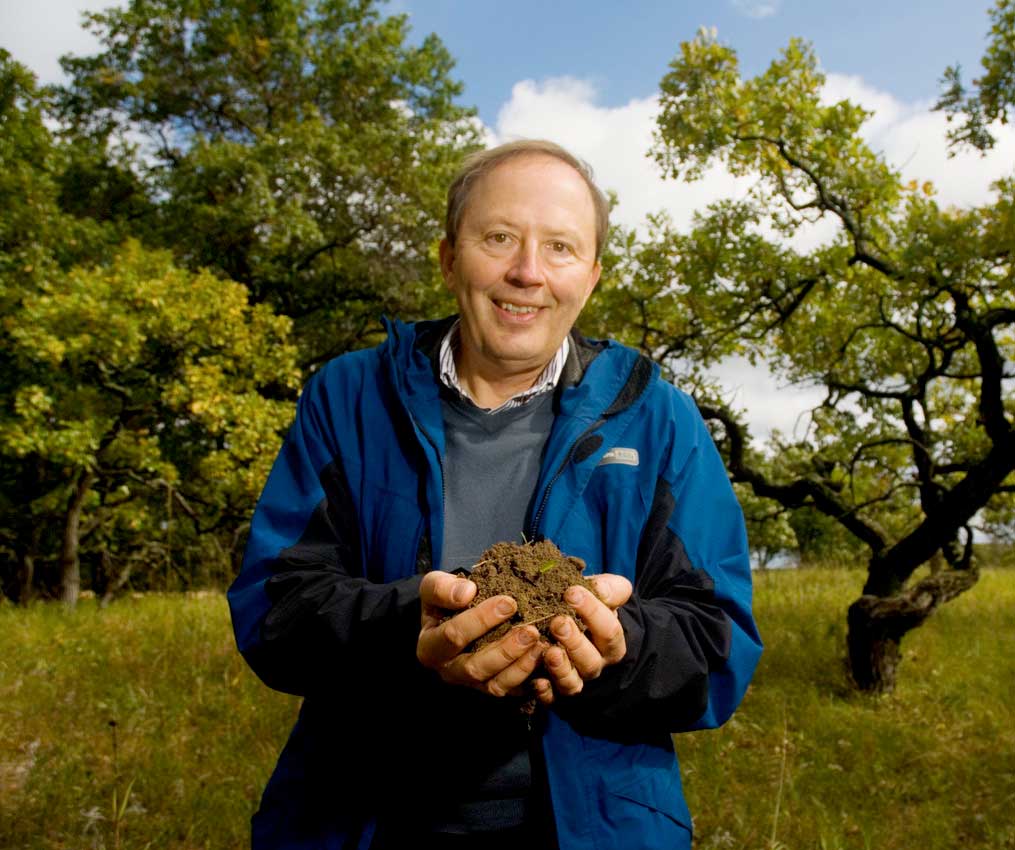
Agriculture — How it Puts Biodiversity in Danger
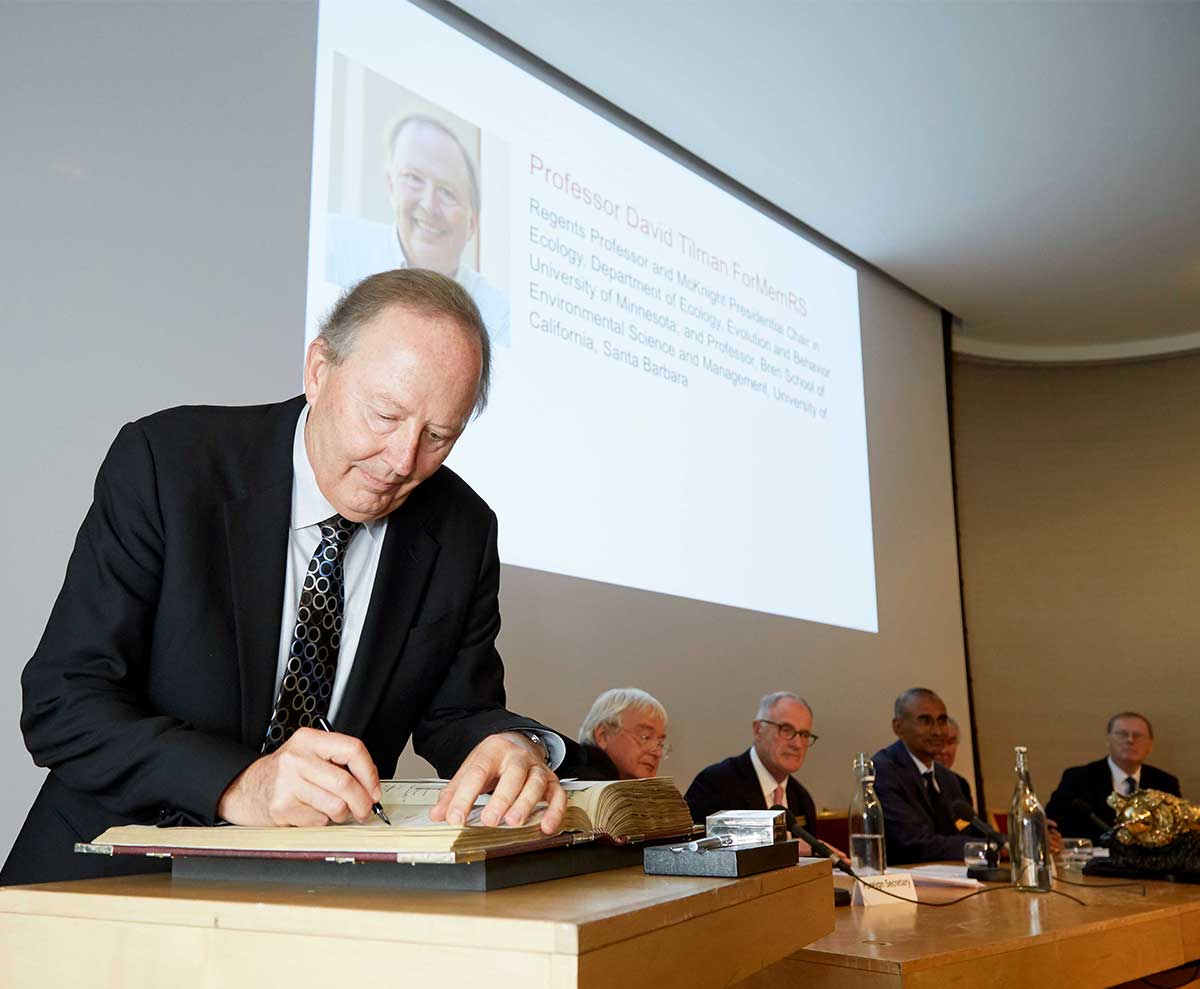
Out of all the activities we humans do, agriculture poses the greatest threat to biodiversity. It may appear that industry causes more environmental problems than agriculture, but industry has been progressively more strictly controlled over the last 40-50 years. However, agriculture has few controls. Fertilizers and pesticides are used at excessive rates in many nations. Agriculture occupies 40% of the land on Earth, and new croplands are continually being created by destroying ecosystems around the world. Thirty percent of all greenhouse gases come from agriculture. Clearly, agriculture is essential, but we must find more sustainable way to produce the food that we need.
Sustainable Agricultural Intensification
Global demand for food is increasing rapidly, which will exacerbate the environmental harm of agriculture unless we change it. From 2010 to 2050, the UN projects that global population will increase by 30%. However, when we examined expected increases in GDP and how GDP influences dietary choices in nations, we discovered that we may need between 100 and 110% more crop growth globally to feed 30% more people. Why? We each should eat about 2,000 kilocalories a day, but to give us that much food, high-income nations need to produce more than 8,000 kilocalories per person per day of crops. The 6,000 crop kilocalories that we don’t eat directly are either fed to the livestock that we eat, or are wasted. Simply put, as people become richer, they tend to eat more meat, which requires more cropland.
What might solve this problem and eliminate the need, by 2050, to clear about an additional 700 million hectares of ecosystems around the world for cropland? In most low-income nations, crop yields are only about 1/3 of their potential. These yields could be increased to their potential via what we call sustainable intensification of agriculture. By adding the right amount of fertilizer when a crop needs it, much more food is produced while agricultural groundwater pollution and greenhouse gas emissions are minimized, as is the need to clear more land. Even in high-yielding countries, sustainable intensification has great benefits. In the USA and China, farmers using sustainable intensification methods had similar or higher yields despite adding 30% less nitrogen fertilizer. Another study showed that by growing two different rice varieties in alternative strips, farmers could eliminate a serious disease of rice, which eliminated the need for an expensive and toxic fungicide. Shifting from monocultures to intercropping with two crops, grown in alternating strips, increases yields 20 to 30% while using less fertilizer. A global transition to high-yielding but sustainable agriculture will require adoption of new knowledge and technology, and international aid to support sustainable intensification by farmers in low-yielding, low-income countries.
The Impact of the Study Result and the Speed of Change in Society
Our work on the environmental impacts of agriculture, especially on the greenhouse gas impacts of agriculture, has been gratifying because it helped influence the UN's IPCC work on ways to control climate. It also challenged other researchers to begin exploring both the impacts of agriculture, and ways to produce the food we need while having lower environmental impacts.
Although it is rewarding to have my work used by others, its actual adoption by society has been slow. Human societies have traditionally changed their thinking slowly. For instance, Galileo’s discoveries weren't generally accepted by society until several hundred years later. Darwin discovered evolution more than a century and a half ago, but many people in the United States still do not understand, or believe, evolution. However, now that there are almost 8 billion people on earth, with each individual having much larger impacts than ever before in the history of humanity, we must accelerate how rapidly we adopt new knowledge. This is especially important for the diets we choose to eat, how we grow food, and how we produce and use energy. The great length of time it takes for new discoveries to actually impact how we live has been one of the most frustrating things for me as a scientist.
The Diet, Health, and Environment Trilemma
A trilemma is a problem with three tightly linked parts, where each part affects the other. When I became interested in agriculture out of concern for its environmental impacts, I realized that agriculture was driven by our dietary choices, and that diets also affect human health. I hoped that by recognizing this trilemma — the tight links between food, health and the environment — we might better be able to discover workable solutions. One way to solve this problem is to change our diet. Our goal was to find diets people love that were both good for them and good for the environment. We gathered data on the environmental impacts of crops, and on how different affects health. We discovered that some diets that many people enjoy are both better for their health and for the environment. One of those healthy diets is the Mediterranean diet, which is high in whole grains, vegetables, legumes, nuts, healthy oils, fruit and fish, and is low in red meat. The traditional Japanese diet has similar ingredients and is equally healthy. Some traditional vegetarian diets in India are also good for health and the environment.
The graph above shows the impact of food different groups on human mortality rates and the environment. The vertical scale shows the average value of harm that growing a specific serving of food has on the environment. A low value means that there is less impact on the environment and a higher value means a higher impact on the environment. The horizontal scale shows how eating a serving each day of each food type impacted mortality rates. A value smaller than 1 means the mortality risk of a food is less than the average. Values above 1 represent mortality rates greater than average. Red meats and processed red meats cause both the greatest environmental harm, and higher than average mortality. Grains, legumes, vegetables, nuts, and fruits all reduce mortality risk and cause about 1/10th to 1/50th of the environmental harm of red meats. In general, as this figure shows, the foods that are healthier for us are also better for the environment. We have used the data summarized in this figure to do lots of what I call "What if" analyses. What if people were reduced how much red meat they eat by half? Or what if people stopped eating any red meat? Either of these dietary changes has large health and environmental benefits. Cattle release methane, a potent greenhouse gas. They also require lots of feed to grow to maturity. It takes 20 kilograms of plant protein to produce one kilogram of edible beef protein. Many people in richer nations eat three times more red meat protein a day than they need. However, nutritionists note that children especially need some of the vitamins and minerals that eating some red meat can provide. But reducing greatly how much we eat red meat would make us healthier and greatly decrease the greenhouse gases and pollution caused by it.
Scientific papers can have an impact. After our paper on diet, health and the environment came out in Nature in 2014, the Lancet, a major British medical journal, asked us to be part of a multi-disciplinary team commissioned to perform an in-depth analysis of the diet-health-environment trilemma. The team’s report appeared in The Lancet in 2019. We were also contacted by people who work on national dietary guidelines for the United States, Brazil, the United Kingdom and a few other countries. The United States did not adopt our analyses, but some other countries seemed to have done so. Also encouraging is the willingness of some countries to adopt policies that promote healthier diets, as did Mexico, which has high rates of diabetes, by putting a tax on soft drinks.
Collaborative Research with Specialists in Different Fields
Because the environmental and health problems that the world faces are complexly interlinked with our economy, agriculture and food system, a diversity of skills are needed to understand and solve these problems. It is both intimidating and exciting to jump into a new area, to learn the terminology of other disciplines and to seek the common ground needed for communication and discovery. I have been fortunate to have such collaborations with economists, nutritionists and agronomists when working on these issues. I have learned much from these collaborators, and we, as a team, have made much more progress than could any one of us working alone. Collaboration is essential these days because the global questions scientists address are broad and interconnected.
Family
I met Cathie, my wife, at university. We became friends, then fell in love. We were both serious students. Most of our "dates" were on weeknights when we would eat dinner together, then study in the library until midnight. We married in 1971 days before I started graduate school. Cathie had one more year as an undergraduate.
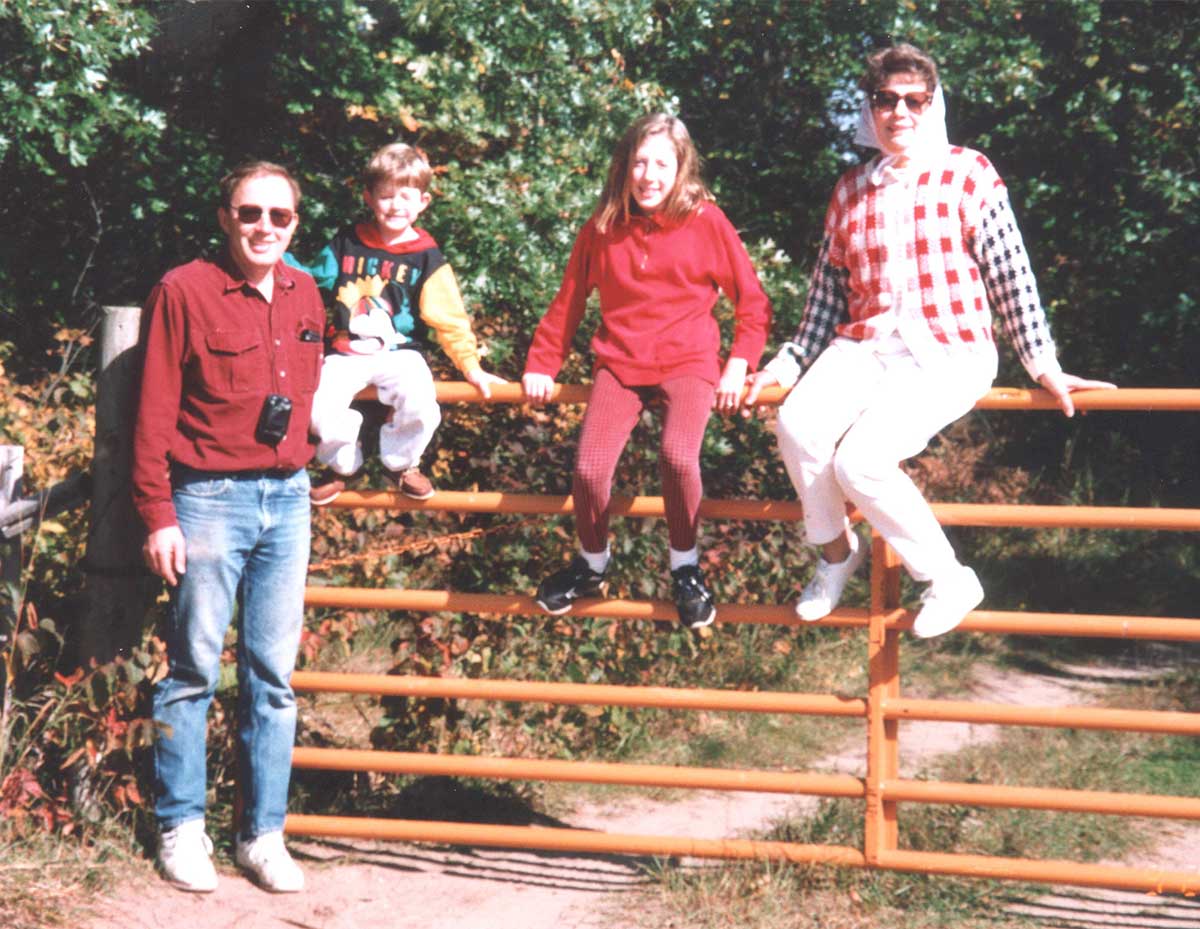
His mother and his children
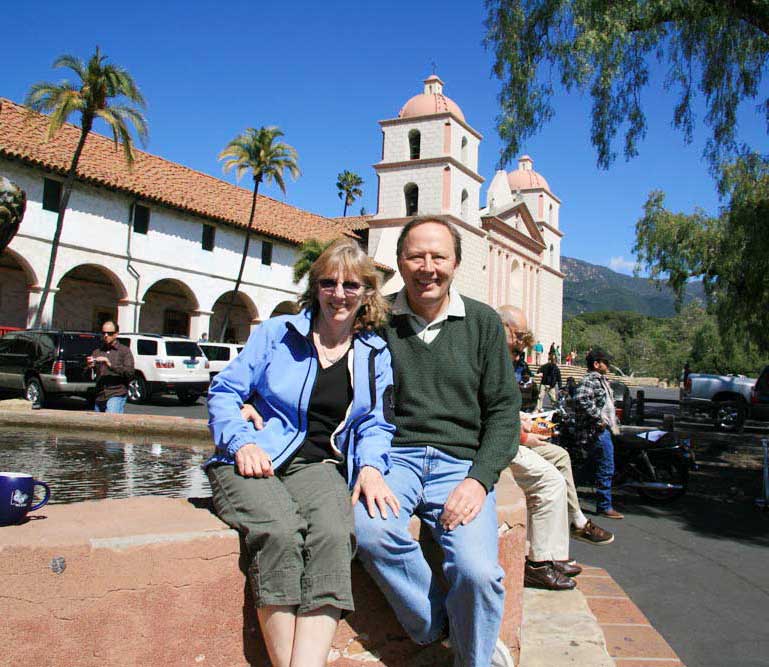
With Cathie, Santa Barbara, CA
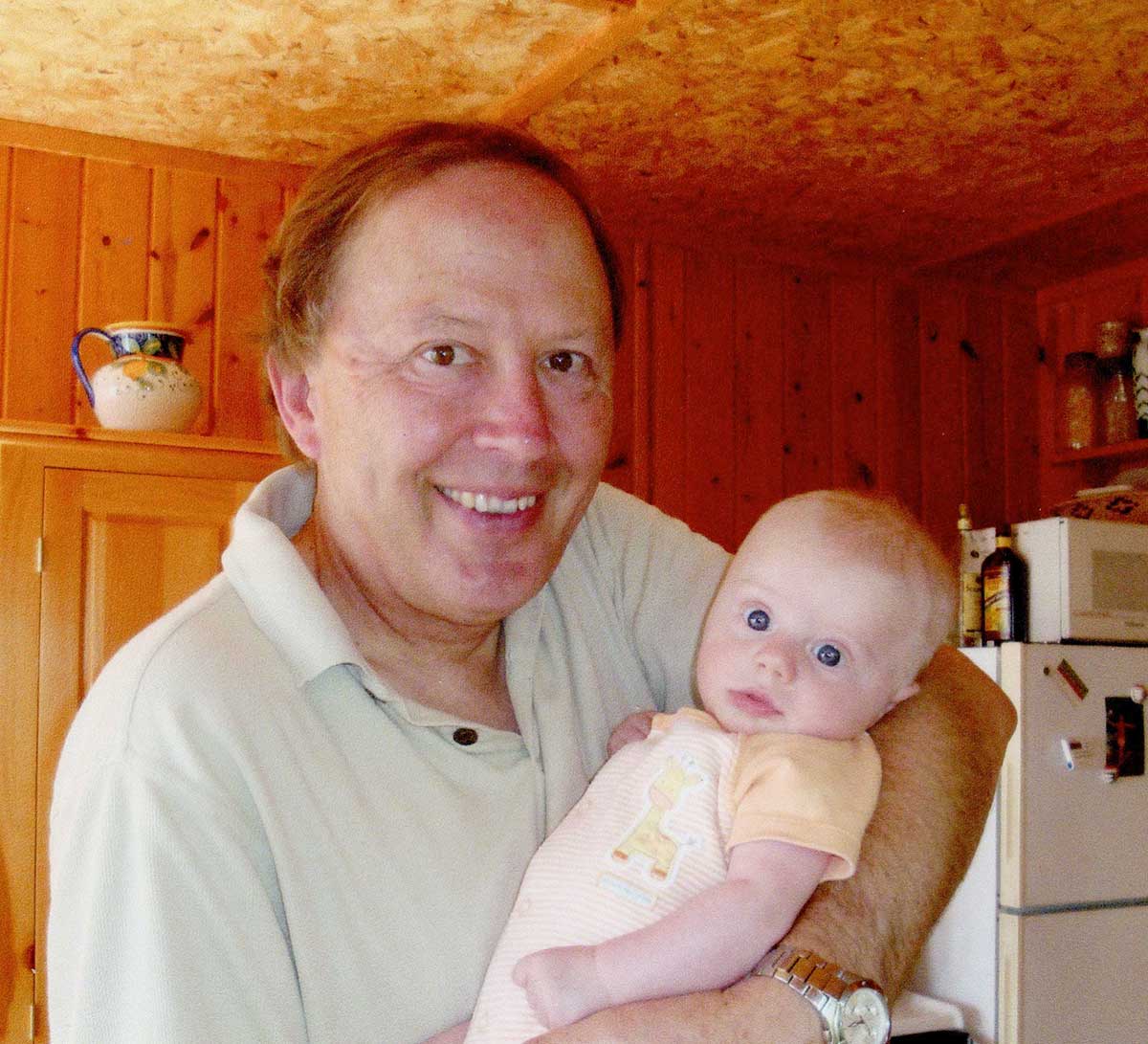
With his first grandchild
Unlike many graduate students, I didn’t want to be at the university from early in the morning to late at night. I decided to be highly efficient while at the university so that Cathie and I could spend our evenings and weekends together. Moreover, although I loved science, I wanted a balanced life with family, friends and hobbies. Cathie and I have lived that way ever since. I love woodworking, sailing, canoeing, walking in the woods, riding bicycles, and taking photographs. I can't stand boredom and I like being in the middle of some activity all the time. I foremost value my family and friends. Of course, I value science as well, and know that I am a more creative scientist because each day I approach my science with a mind that is cleared and refreshed by other activities.
My science is focused on understanding the future that humans are creating, and how we can make that future be better and more sustainable for everyone. It’s a search for solutions that meet the needs of everyone on Earth and that preserve Earth so that all future generations might have lives at least as full and satisfying as the lives we live today.
Message to Young People
I want all young people to know that our environmental problems have solutions and that we can solve these problems while living wonderful lives. Earth is our home, the amazing and beautiful place where we live. We have become the dominant species on Earth, a species unlike any other before us. What we do matters for the future of the Earth and of all future generations for whom Earth will be their only viable home.
Each of us should especially pay attention to how we meet our needs for food and energy. We can begin now with small steps, taken one at a time, and progressively solve our food and energy problems over the coming decades. One easy and fun thing to do is to start changing our diets. You can do this one food at a time by trying new foods and discovering those delicious new foods that are also better for your health and the environment. Then, invite your friends to your home for a delicious, healthy, and sustainable dinner, and offer them the recipe, or invite them to cook it with you next time. If you or your family own a car, have the next one you buy be much more energy efficient, or if it is practical, switch to mass transit. When a home appliance breaks, replace it with a highly energy efficient one. Tell your energy supplier to bring non-fossil energy into your home and business. Maybe you could even send a message to a politician or business leader asking them to address an environmental problem that you care about. Lots of little steps, taken by each of us, will make our lives better and our planet sustainable.
Note: This document is a summary of the interview of Prof. Tilman for a TV program featuring the 2020 Blue Planet Prize winners and was prepared under the supervision of Prof. Tilman. The Asahi Glass Foundation is responsible for the wording.